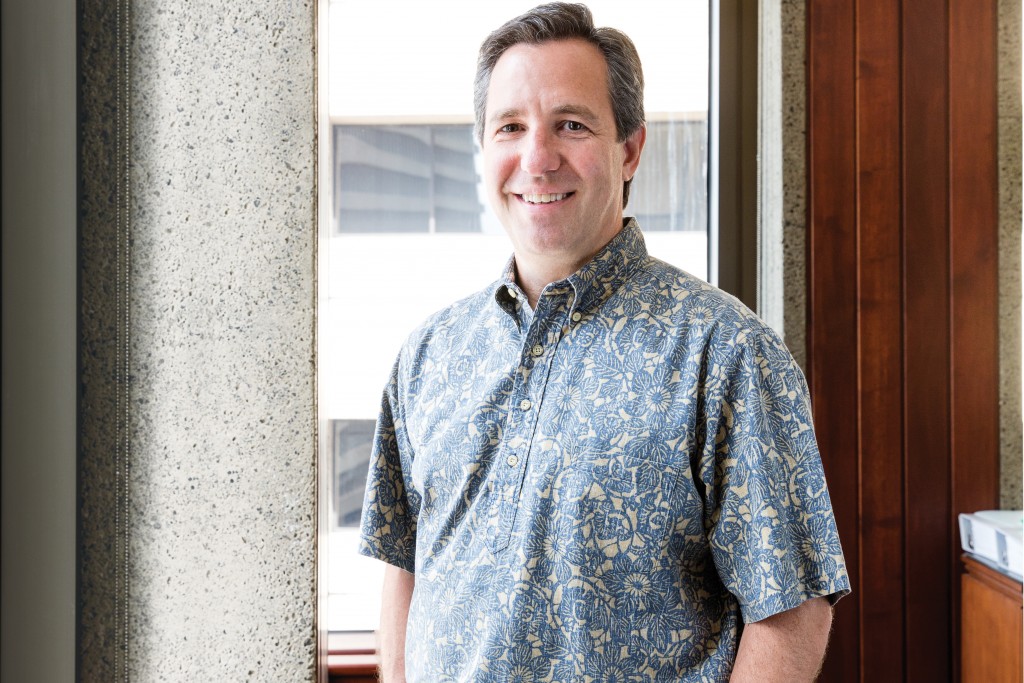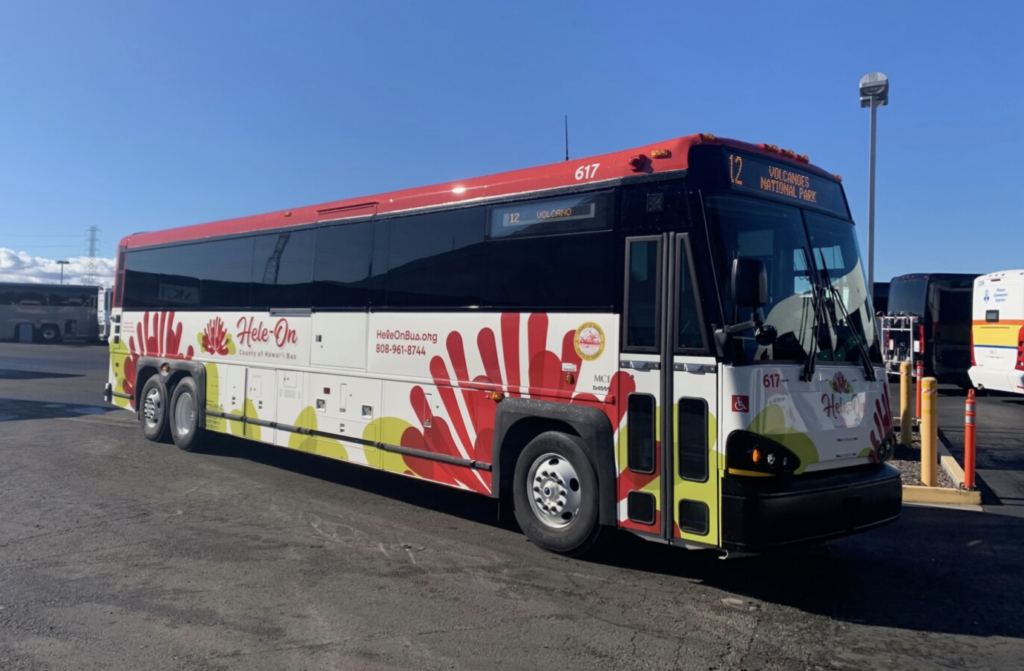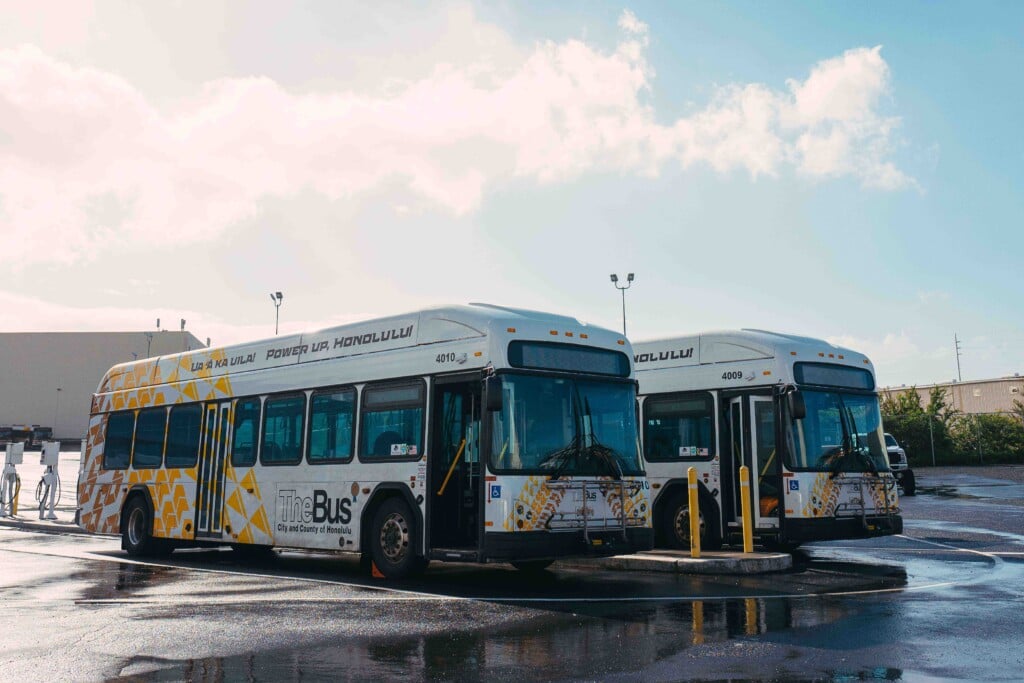Talk Story: Richard Wacker

Richard Wacker didn’t start as a banker. An engineer by training, he spent 20 years in executive positions at General Electric. His first banking job came in 2004, when he left GE to run the troubled Korea Exchange Bank for six years. His family, though, moved to Hawaii and his youngest son attended Punahou School. When the CEO position opened at ASB in 2010, head of school Jim Scott introduced Wacker to Connie Lau, saying, “Here’s a man that’s run a bank.”
Was ASB different when you got here than it is now?
The CEO before me, Tim Schools, went through quite a turn-around, and basically brought the bank down to a profitable core of business. What we’ve been doing since is rebuilding the bank’s ability to grow. You can shrink for a while, but that has a limit. We’ve gotten ourselves to a high financial performance; now, how do we grow so we can support our customers, do a good job in the community and play the role of a real community bank?
What does that mean structurally?
We had to build a lot of capabilities that we were weak in. For example, we had to rebuild disciplines on our credit side to be more contemporary, including data and analytical capabilities, so we could do more sophisticated, more responsive and timely underwriting. If all your underwriting is judgmental, it takes time and it’s variable, based on who’s making the judgments. But, if you can combine judgmental expertise with more analytical capabilities, you can speed up the time and consistency of your decisions.
What other changes have been necessary?
We hadn’t invested in our branches for a long time. So, we spent a lot of effort getting our branches reconfigured for the new world. Some branches that had 15 teller counters and two desks got flipped. They went to two or three teller windows and five desks, where you could sit and talk to your customers about bigger decisions. Transactions moved online, transactions moved to your phone, but when you go into a branch, it’s important that we can sit and talk story to figure out how we can help you.
We’ve also been bringing our teams together. When I got here, I think our non-branch teams were in eight different locations, from Mililani to Kapiolani. There was a physical fragmentation that reinforced a psychological fragmentation, so decision-making wasn’t quick. Stuff moved by paper, in boxes and by courier, instead of you just walking over to someone and saying, “We’ve got to make a decision on this. What do you think and how do we do it?” We’ve already narrowed that down. Now, we basically have just three locations: here on Fort Street, the Gold Bond Building and out at Mililani. And we’re trying to get to just one location. That’s our campus project.”
So, even before developing the new campus plan, you’ve been consolidating?
That made a big difference. We came from the ASB Tower to the Fort Street location because I wanted to be around our teams. I think we went from about 100 people in this building to about 350. So, the interaction, the communication, the working together is better. But, that just gives us a taste of what it ought to be, and it’s driving us to have everybody together. Today, there’s no excuse for not moving faster, working smarter and communicating well. That’s what we need to do.
Of course, the big news is ASB’s spinoff as part of the NextEra merger. Will that happen even if the merger doesn’t?
That’s not what’s contemplated. We have an important role within HEI in that we’re a source of capital, earnings and dividends for HEI. That helps with the investments made by the utility. But NextEra has resources that dwarf ASB; we won’t be a critical source of capital to the company. If that deal isn’t there, our spinoff would create an additional burden for HEI and HECO to raise the capital to make investments. So, if the merger doesn’t go through, we’ll likely remain as part of the HEI family.
If the merger does goes through, how will the bank be different, and how will your job change?
My job stays the same. But, if we spin off, the bank will have more flexibility to do things that we don’t do today, or choose not to do, because of our role within HEI. We’ll have more control over how our capital gets deployed. We’ll be able to do more of the things that maybe aren’t a priority today, but will help us grow and do more business with our customers – things they do with a different institution now, because we don’t offer them.
ASB is basically the third-largest financial institution in town. What services don’t you already offer?
First, we don’t think of ourselves as “No. 3”; we like to think that we’re one of the top three. That’s our mindset. We’re always in the top two or three for mortgages, and, in home equity loans, we’ve been No. 1 for a long time. But our belly is sort of full on that, right now. Given where housing prices are today, we feel it makes sense to do other business. Relative to our peers in town, we’re not as big as we could be on the small-business side. We also don’t do auto lending today. People have certainly borrowed from us to buy cars, but it’s usually through a home equity loan. But there’s no reason we shouldn’t be doing auto lending.
What about on the commercial side?
Our overall commercial lending, if you add in commercial real estate, is around $1 billion; so, commercial lending is a little less than a third of our book. When you look at commercial lending in Hawaii, First Hawaiian is first, but we’re right up there with Bank of Hawaii. So, we play well as one of the top three banks.
This interview has been edited for conciseness and clarity.








